Home>Gardening & Outdoor>Landscaping Ideas>How To Kill Weeds In Yard Without Killing Grass
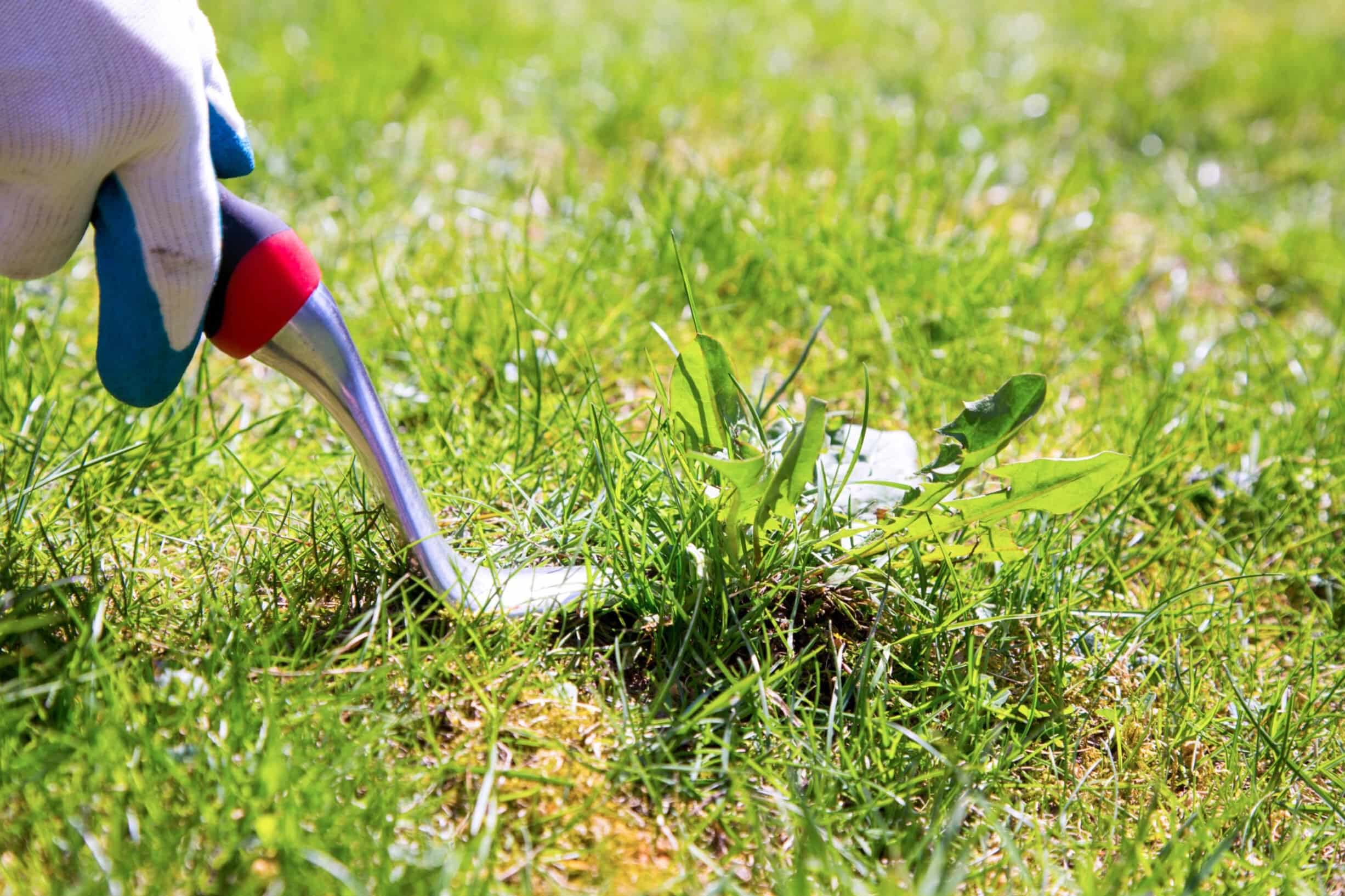

Landscaping Ideas
How To Kill Weeds In Yard Without Killing Grass
Published: January 27, 2024
Discover effective landscaping ideas for killing weeds in your yard without harming the grass. Learn how to maintain a lush, weed-free lawn with our expert tips.
(Many of the links in this article redirect to a specific reviewed product. Your purchase of these products through affiliate links helps to generate commission for Storables.com, at no extra cost. Learn more)
Introduction
Welcome to the battle of the backyard: weeds versus grass. Anyone who takes pride in their yard knows the frustration of dealing with stubborn weeds that threaten to overtake the lush green carpet of grass. The dilemma is real: how do you eliminate those pesky weeds without harming the grass you’ve worked so hard to nurture?
Fear not, for there are effective and eco-friendly methods to combat weeds while safeguarding your grass. In this comprehensive guide, we’ll delve into the world of weeds and grass, explore natural and mechanical weed control techniques, and discuss the judicious use of chemical weed control. By the end, you’ll be armed with the knowledge and strategies to reclaim your yard from weeds while nurturing a thriving, verdant lawn.
Key Takeaways:
- Say goodbye to weeds without harming your grass by using natural methods like mulching, hand pulling, and vinegar solutions. These eco-friendly techniques keep your lawn healthy and vibrant.
- Tackle stubborn weeds with mechanical methods such as regular mowing, hand tools, and overseeding. Combine these with natural techniques for a holistic approach to weed control.
Understanding Weeds and Grass
Before diving into weed control methods, it’s essential to understand the dynamics between weeds and grass. Weeds are essentially plants growing where they are not wanted, and they often compete with grass for essential resources such as water, sunlight, and nutrients. They can be classified as broadleaf weeds (e.g., dandelions, clover) or grassy weeds (e.g., crabgrass, quackgrass).
On the other hand, your grass, whether it’s a cool-season variety like fescue and bluegrass or a warm-season type like Bermuda and Zoysia, requires proper care to thrive. Healthy grass not only enhances the aesthetic appeal of your yard but also serves as a natural deterrent to weed growth by forming a dense, competitive turf.
Understanding the growth habits and life cycles of common weeds in your area is crucial for effective weed management. For instance, knowing whether a weed is an annual, biennial, or perennial plant can guide your approach to eradication. Additionally, recognizing the conditions that favor weed growth, such as compacted soil or excessive thatch, can help you address underlying issues to prevent future weed infestations.
By comprehending the interplay between weeds and grass, you can tailor your weed control strategies to protect and promote the health of your lawn. Now, let’s explore a range of natural and mechanical methods to combat weeds in your yard without compromising the well-being of your grass.
Natural Weed Control Methods
When it comes to maintaining a healthy lawn, natural weed control methods offer a sustainable and eco-friendly approach. These techniques not only target weeds but also promote the overall well-being of your grass and soil. Here are some effective natural methods to keep weeds at bay:
- Mulching: Applying a layer of organic mulch, such as wood chips, straw, or compost, around plants and in garden beds can smother weeds by blocking sunlight and hindering their growth. Mulch also helps retain soil moisture and improve soil structure, benefiting the health of your grass and ornamental plants.
- Hand Pulling: For isolated weeds or those scattered in small numbers, hand pulling can be a simple yet effective method. It’s important to grasp the weed at its base and gently pull it out, ensuring that the entire root system is removed to prevent regrowth.
- Vinegar Solution: A natural weed killer can be created by mixing white vinegar with a small amount of dish soap. This solution can be sprayed directly onto weeds, effectively desiccating and killing them. However, caution should be exercised to avoid contact with desirable plants, as vinegar can be non-selective in its weed-killing action.
- Boiling Water: Pouring boiling water over weeds growing in sidewalk cracks or driveways can be a simple and chemical-free way to eliminate them. The intense heat destroys the plant cells, causing the weeds to wither and die.
- Corn Gluten Meal: This natural pre-emergent herbicide inhibits weed seed germination, making it a valuable tool for weed prevention. It’s best applied in early spring before weed seeds begin to sprout, and it also serves as a source of nitrogen for your grass.
By incorporating these natural weed control methods into your lawn care routine, you can effectively manage weed growth while nurturing a flourishing, chemical-free lawn. However, for larger weed infestations or persistent weed species, a combination of natural and mechanical methods may be necessary to achieve optimal results.
One tip for killing weeds in your yard without killing the grass is to spot-treat the weeds with a targeted herbicide, making sure to avoid spraying the grass. You can also manually pull out the weeds, making sure to remove the roots to prevent regrowth.
Mechanical Weed Control
When faced with a widespread weed invasion, mechanical weed control methods offer practical and efficient means of eradicating weeds without resorting to chemical interventions. These techniques involve physical removal or disruption of weeds to prevent their proliferation. Here are some effective mechanical weed control methods to consider:
- Mowing: Regular mowing at the appropriate height for your grass type can help suppress weed growth by removing the top growth of weeds and preventing them from flowering and setting seeds. It’s crucial to adhere to the recommended mowing height for your specific grass species to maintain its health and vigor.
- Hand Tools: Utilizing hand tools such as hoes, weed pullers, and weed knives allows for targeted weed removal without disturbing the surrounding grass. These tools are particularly useful for tackling weeds in garden beds, along borders, and in areas where precision is required.
- Overseeding: Introducing new grass seed to existing turf helps thicken the lawn, creating a dense canopy that inhibits weed establishment. Overseeding also promotes a healthier, more resilient lawn that can outcompete weeds for resources.
- Dethatching: Thatch, a layer of dead grass and organic debris, can harbor weed seeds and impede the penetration of water and nutrients into the soil. Dethatching using a specialized rake or dethatching machine helps reduce weed-promoting thatch, improving the overall health of the lawn.
- Weed Barrier Fabric: In garden beds and landscaped areas, installing weed barrier fabric beneath mulch or gravel can effectively suppress weed growth by preventing light from reaching the soil surface. This physical barrier inhibits weed germination and establishment while allowing water and nutrients to permeate the soil.
By integrating mechanical weed control methods into your lawn maintenance routine, you can proactively manage weed infestations and promote the vitality of your grass. These methods, when combined with natural weed control techniques, contribute to a holistic and sustainable approach to weed management, ensuring a thriving and weed-resistant lawn.
Chemical Weed Control
While natural and mechanical methods form the foundation of eco-friendly weed management, there are instances where judicious use of chemical weed control can be a valuable tool in combating stubborn or extensive weed infestations. It’s important to approach chemical weed control with care, selecting products that target specific weeds while minimizing impact on the surrounding environment. Here are some key considerations and methods for responsible chemical weed control:
- Selective Herbicides: Selective herbicides are formulated to target specific types of weeds while sparing desirable grass species. For instance, broadleaf herbicides can effectively control dandelions and clover without harming grass, while grass-selective herbicides can tackle weedy grasses in broadleaf lawns.
- Pre-Emergent Herbicides: These products are applied to the soil to inhibit the germination of weed seeds, providing a proactive approach to weed control. When used according to label instructions, pre-emergent herbicides can prevent annual weeds from establishing in your lawn, reducing the need for post-emergent weed treatments.
- Post-Emergent Herbicides: Post-emergent herbicides target weeds that have already sprouted and are actively growing. They can be effective against a wide range of weeds, including perennial varieties, and are available in selective and non-selective formulations. Careful application and adherence to safety guidelines are crucial when using post-emergent herbicides.
- Spot Treatment: Rather than blanket applications, spot treatment involves targeting individual weeds or small weed patches with herbicide sprays or applicators. This approach minimizes herbicide usage and reduces the risk of unintended damage to grass and other plants.
- Integrated Pest Management (IPM): Adopting an integrated approach that combines chemical weed control with natural and cultural practices can enhance the effectiveness and sustainability of weed management. IPM strategies prioritize long-term prevention and the least-toxic methods, minimizing reliance on chemical treatments.
Before utilizing any chemical weed control products, it’s essential to carefully read and follow the label instructions, considering factors such as application timing, weather conditions, and potential impact on non-target plants and wildlife. Additionally, exploring alternative and complementary weed control methods can help reduce the reliance on chemical treatments, fostering a balanced and environmentally conscious approach to maintaining a weed-free lawn.
Read more: How To Remove Weeds Without Killing Grass
Conclusion
As you navigate the realm of weed control in your yard, it’s clear that a multifaceted approach yields the best results. Understanding the interplay between weeds and grass, embracing natural and mechanical weed control methods, and employing chemical interventions judiciously can collectively safeguard the health and beauty of your lawn.
By nurturing a dense, healthy turf through proper mowing, watering, and fertilization, you create an environment where weeds struggle to gain a foothold. Supplementing these practices with natural weed control methods, such as mulching, hand pulling, and targeted applications of vinegar or boiling water, empowers you to combat weeds while minimizing environmental impact.
When faced with more challenging weed scenarios, mechanical methods like dethatching, overseeding, and the use of weed barrier fabric offer effective solutions. These techniques not only address existing weed issues but also contribute to the long-term resilience of your lawn against future weed encroachments.
While chemical weed control has its place in weed management, it should be approached with caution and used as part of an integrated approach that prioritizes environmental stewardship. Selective herbicides, pre-emergent and post-emergent treatments, and spot applications can be valuable tools when applied responsibly and in conjunction with natural and mechanical strategies.
Ultimately, achieving a weed-free yard without harming your grass involves a blend of knowledge, diligence, and a commitment to sustainable practices. By embracing a holistic approach to weed control and lawn care, you can cultivate a lush, vibrant lawn that serves as a testament to your dedication and the harmony between nature and nurture.
Armed with the insights and techniques outlined in this guide, you’re well-equipped to reclaim your yard from weeds, fostering a thriving and resilient lawn that becomes the envy of the neighborhood.
Frequently Asked Questions about How To Kill Weeds In Yard Without Killing Grass
Was this page helpful?
At Storables.com, we guarantee accurate and reliable information. Our content, validated by Expert Board Contributors, is crafted following stringent Editorial Policies. We're committed to providing you with well-researched, expert-backed insights for all your informational needs.
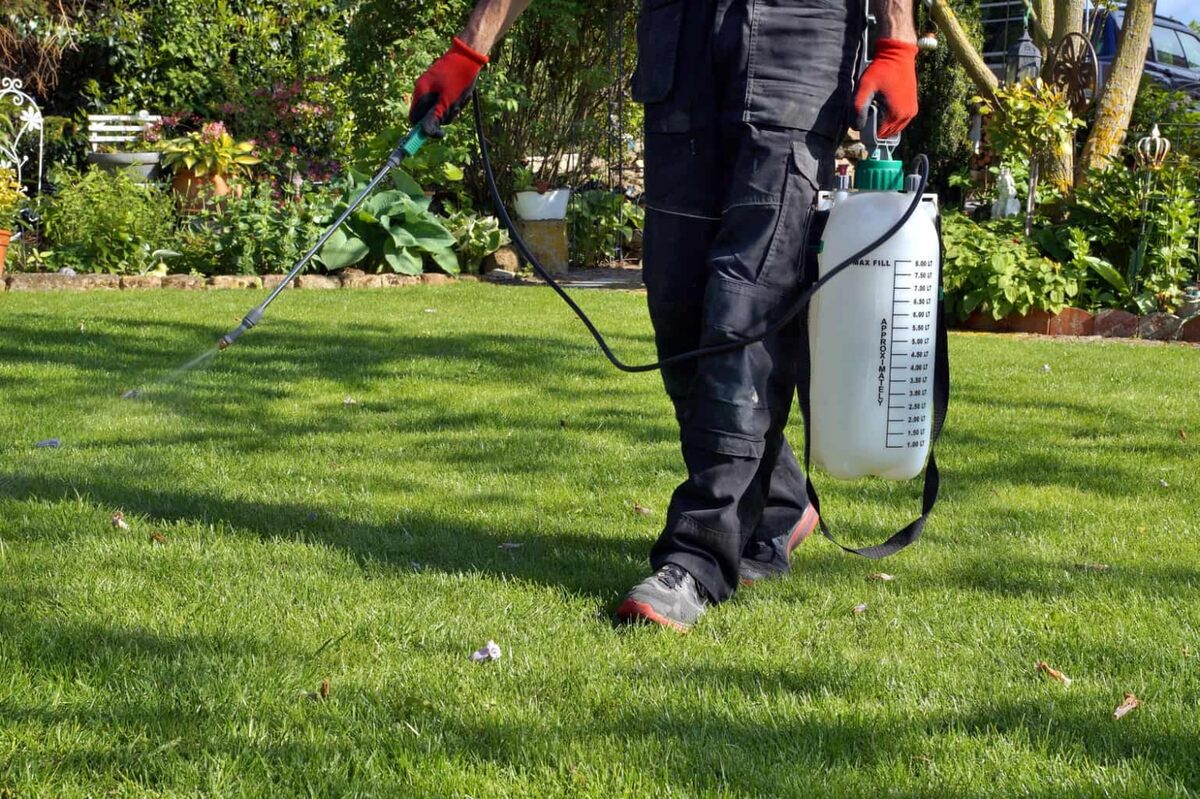
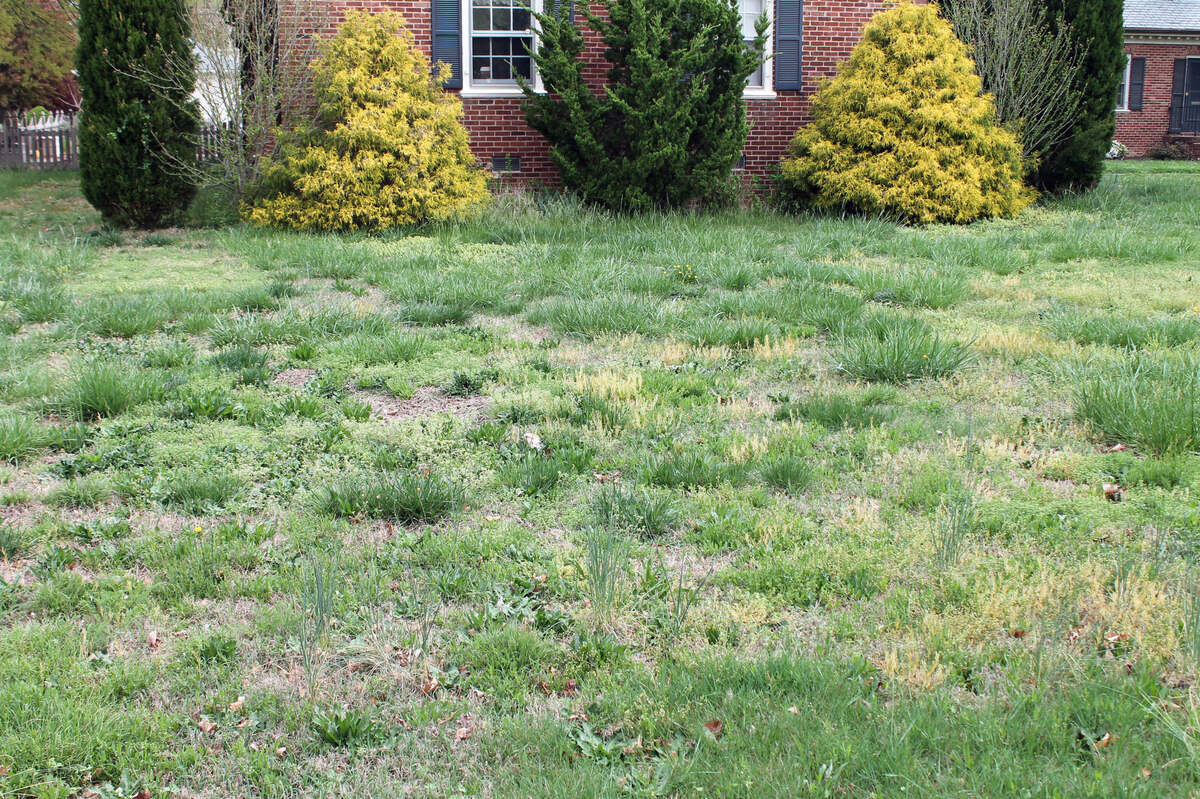
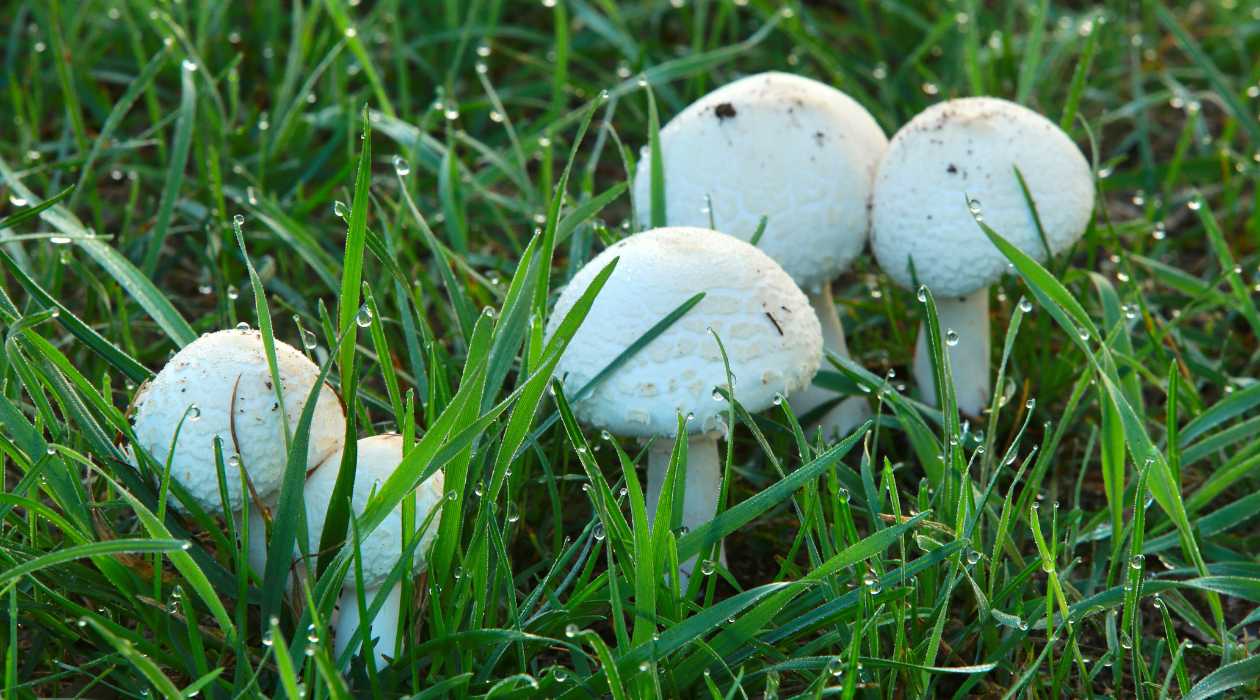
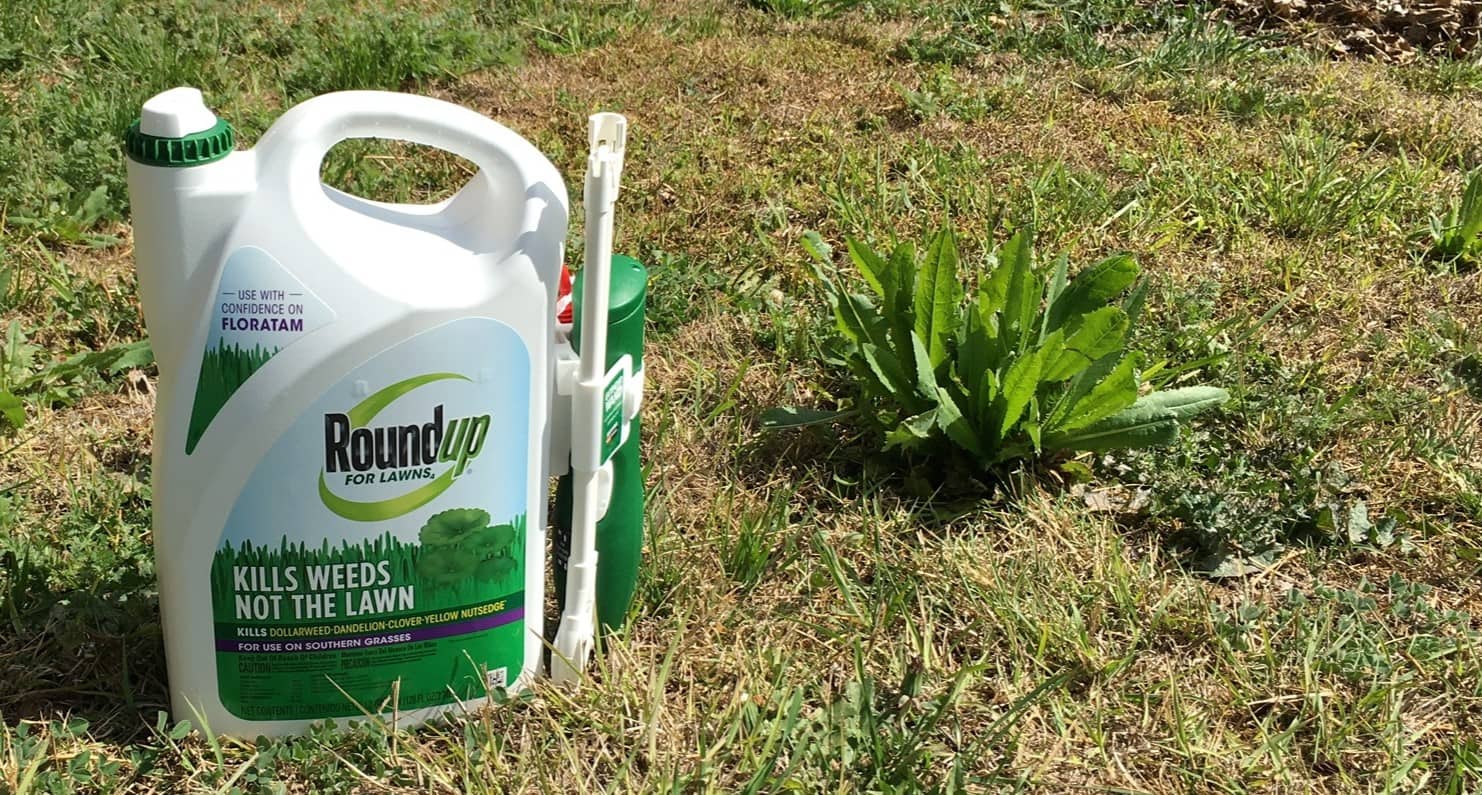
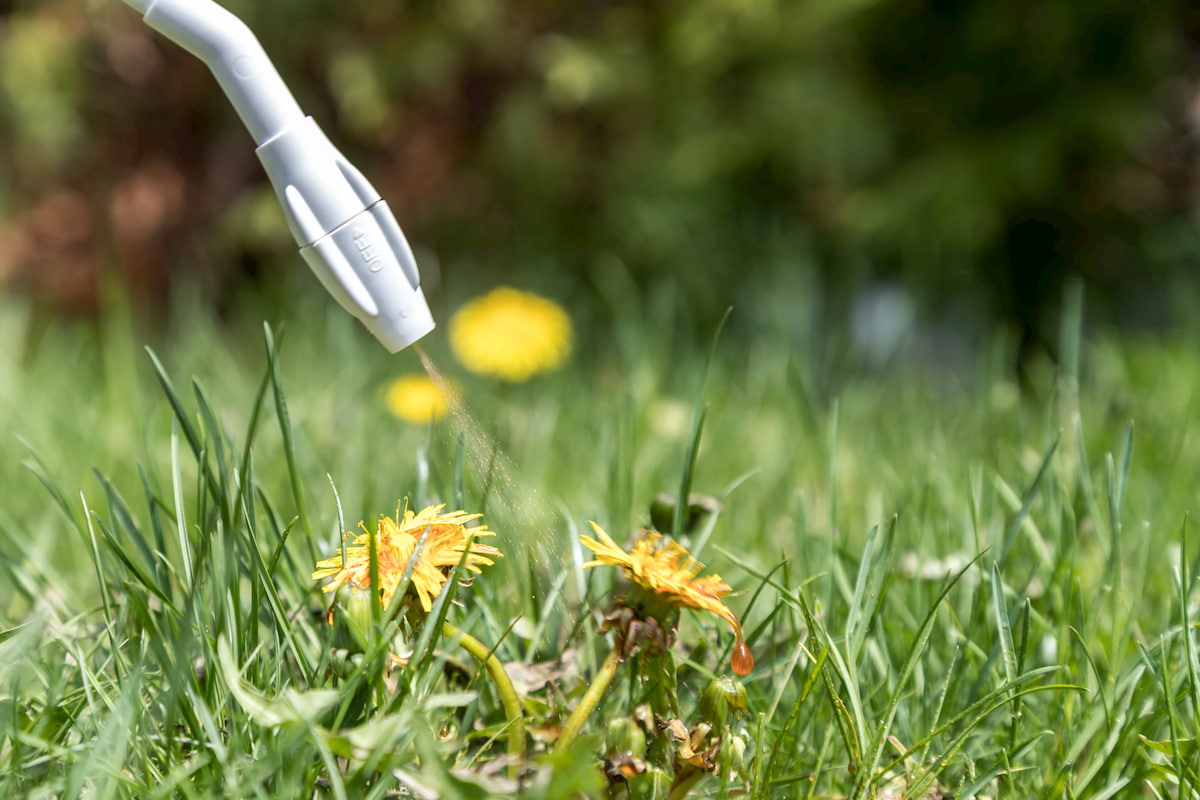
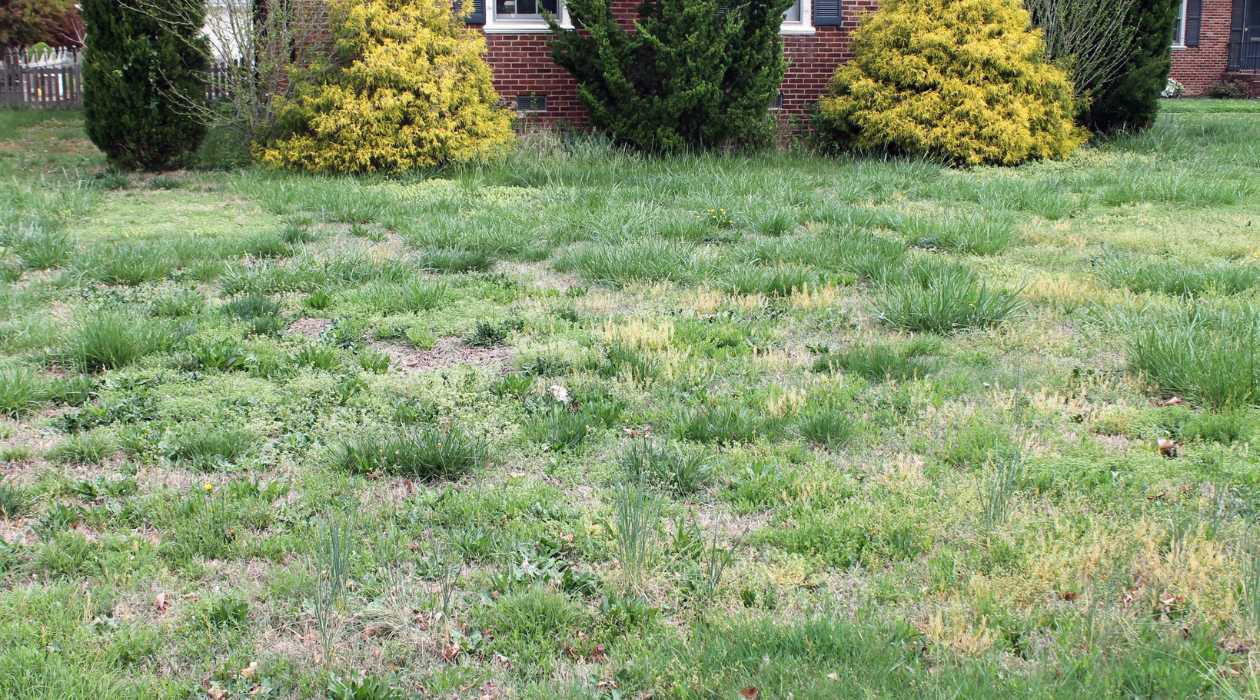
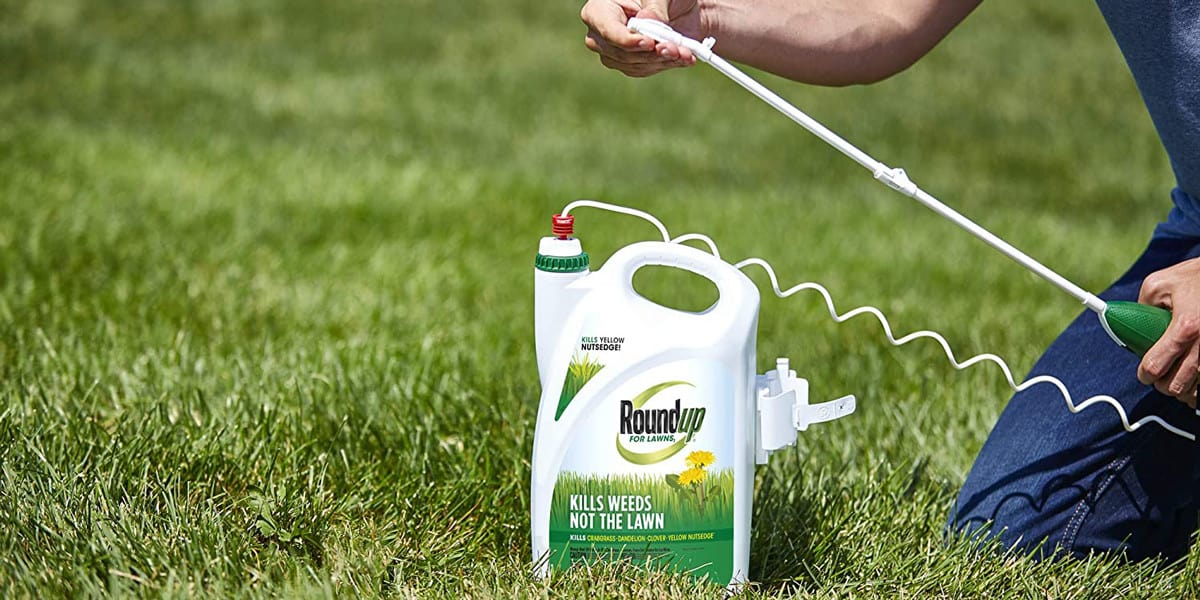
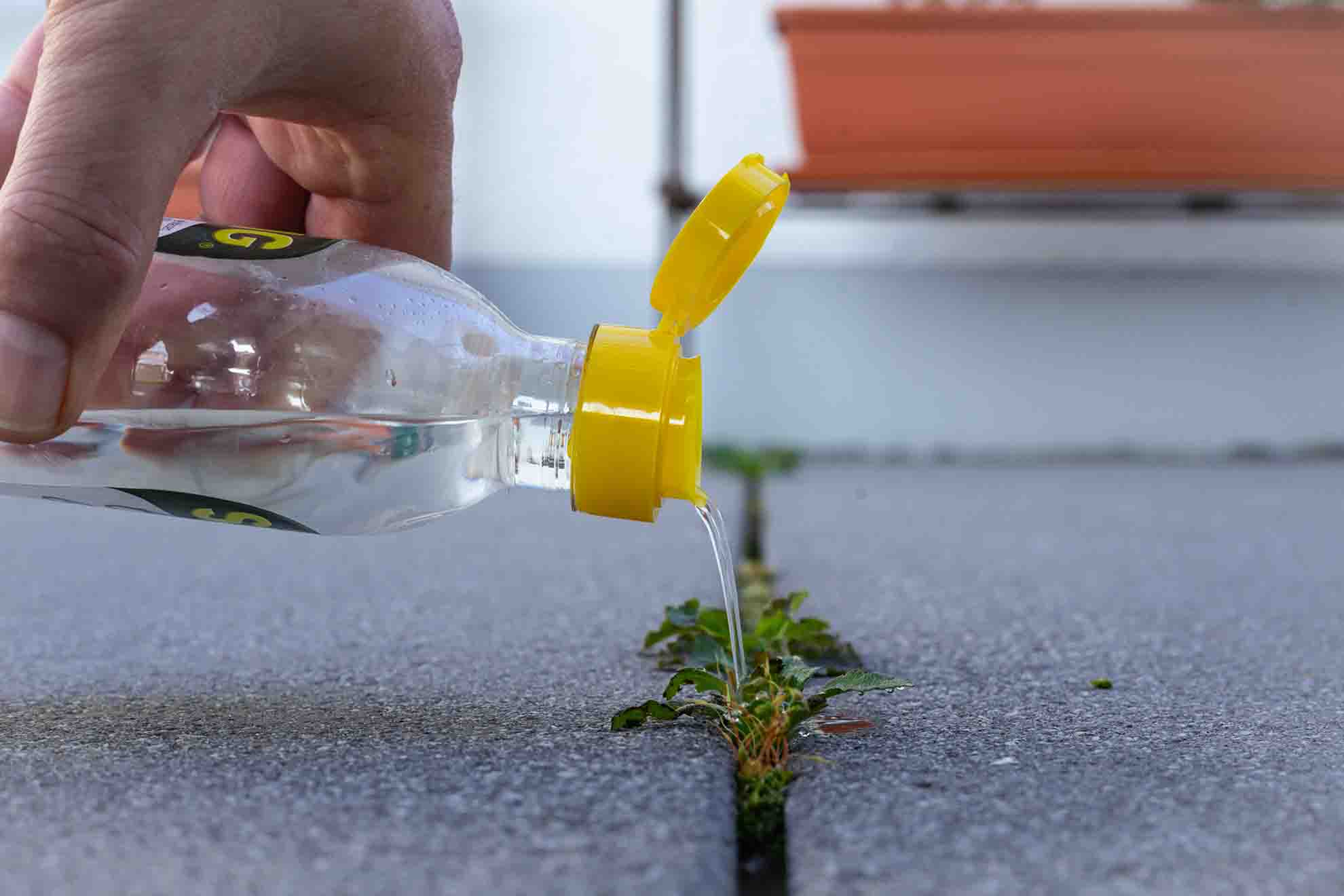
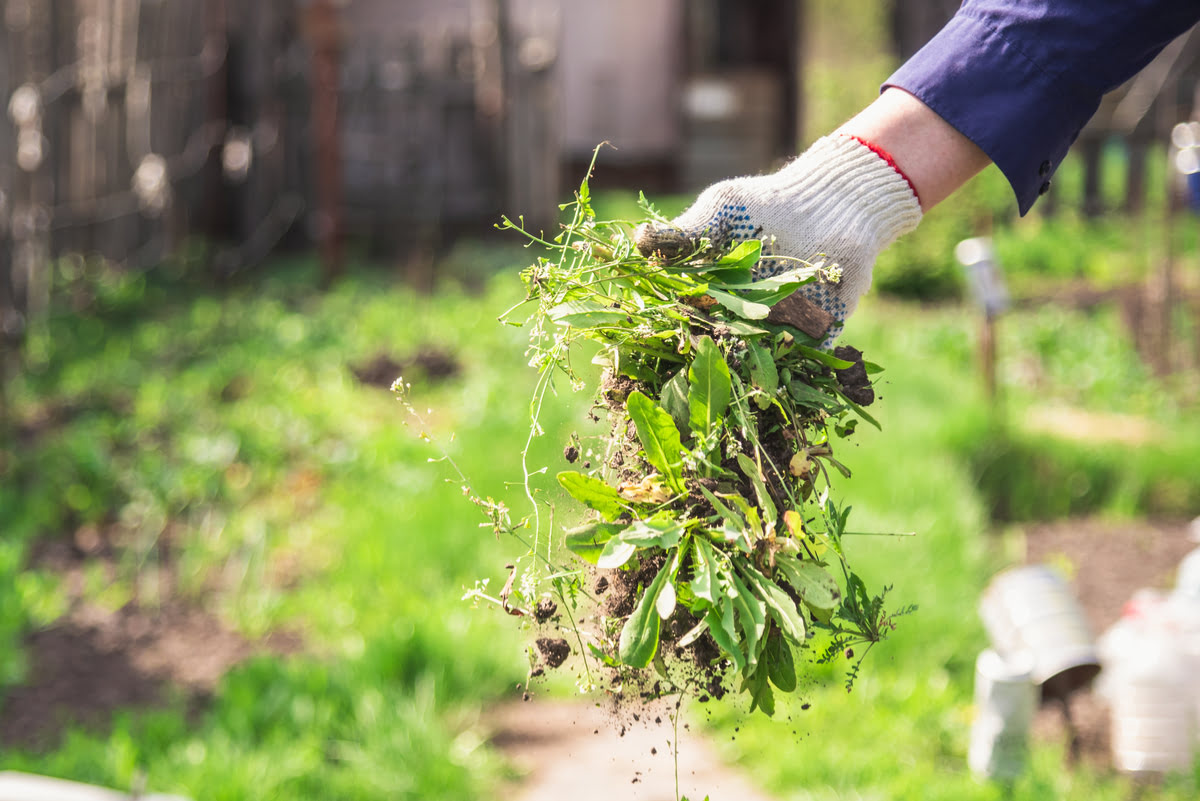
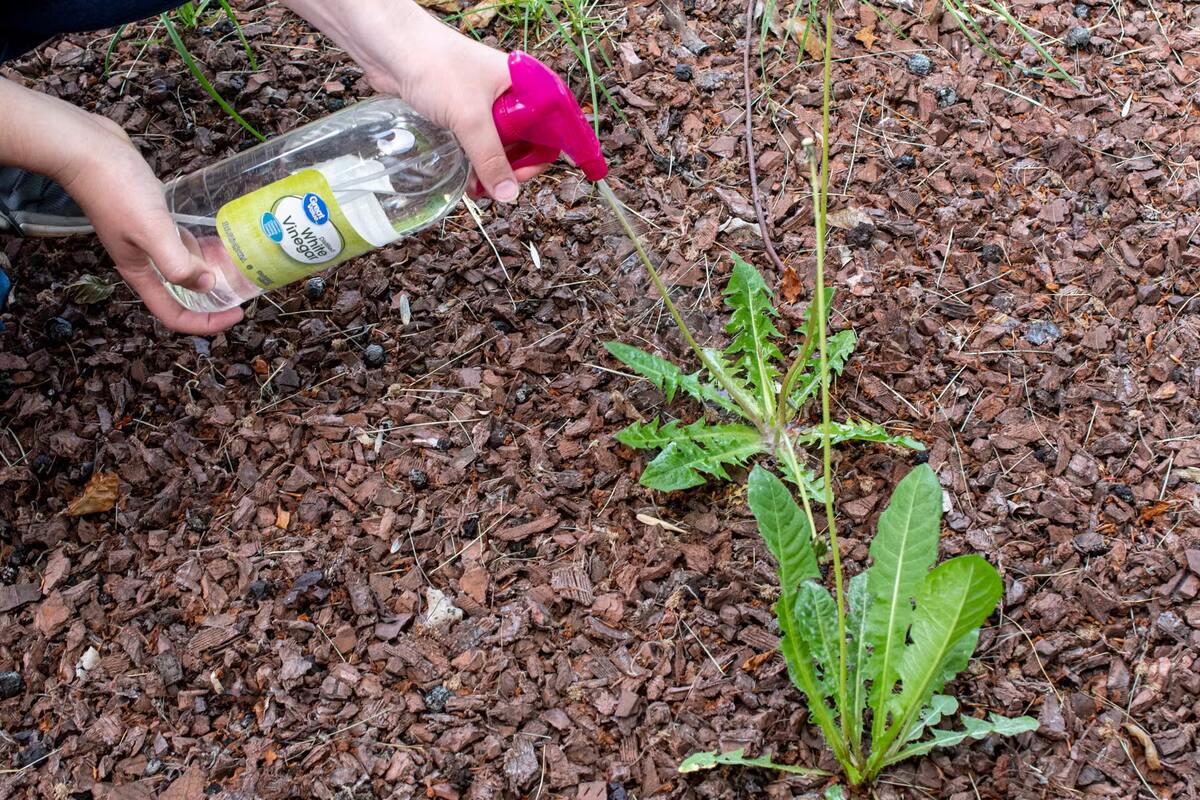
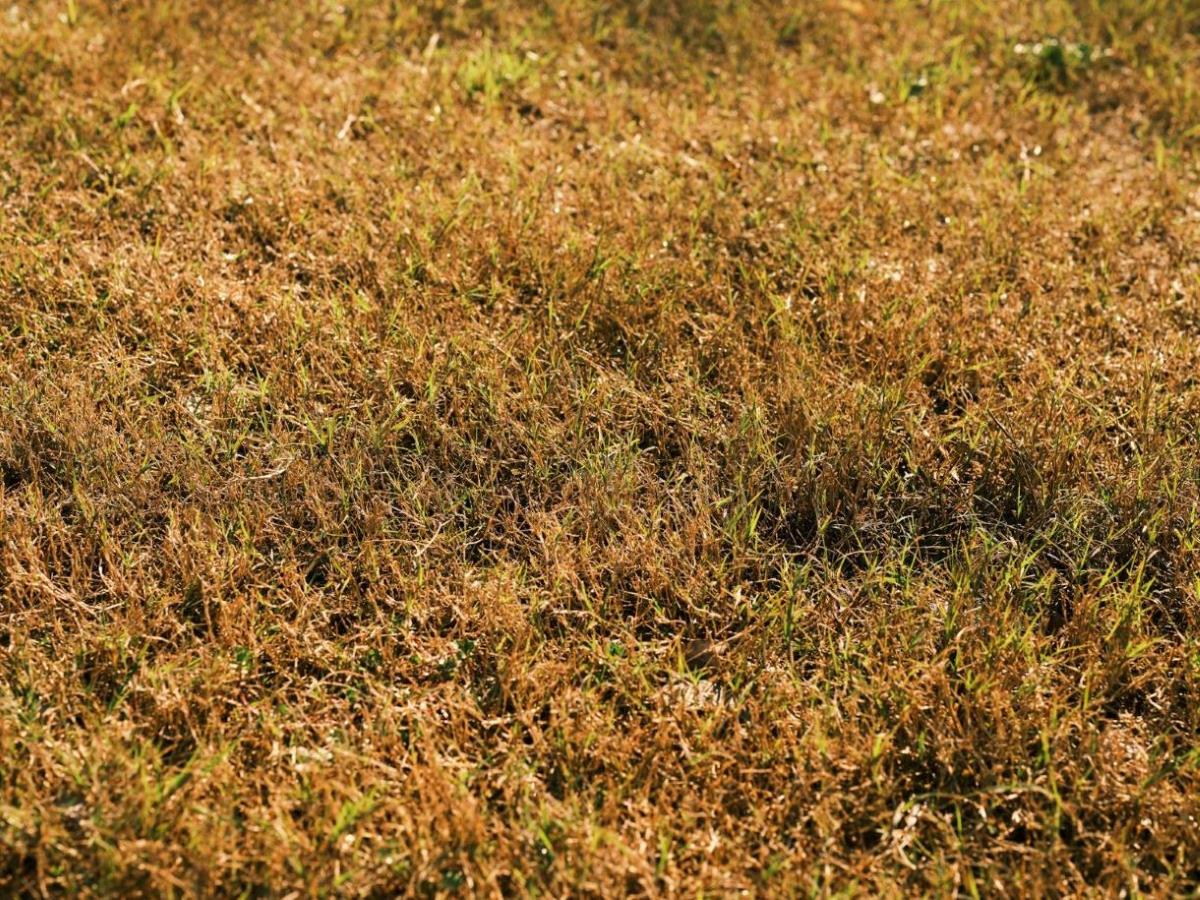


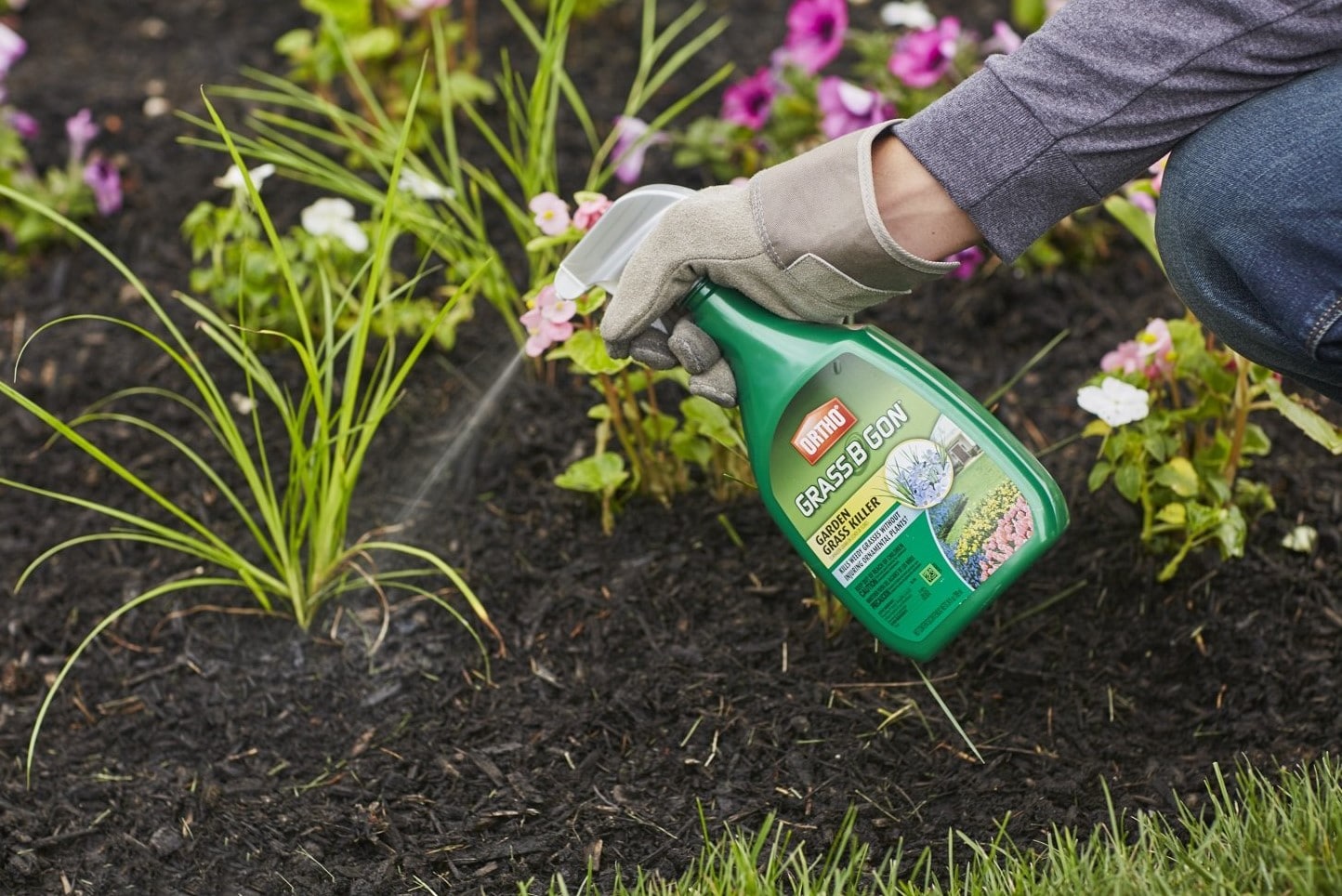

0 thoughts on “How To Kill Weeds In Yard Without Killing Grass”